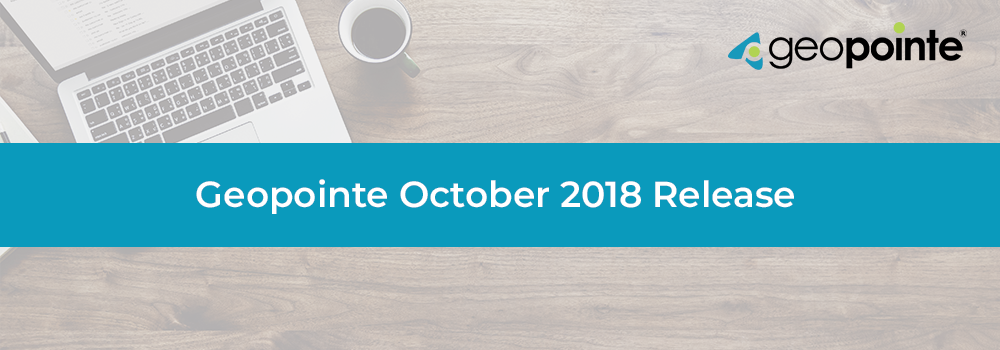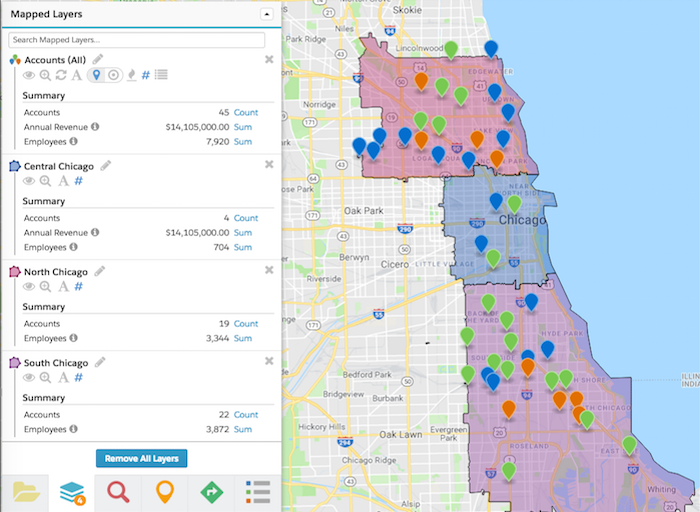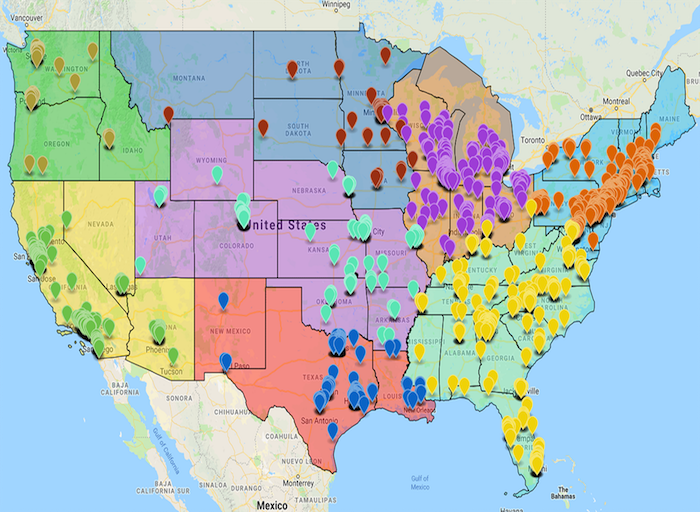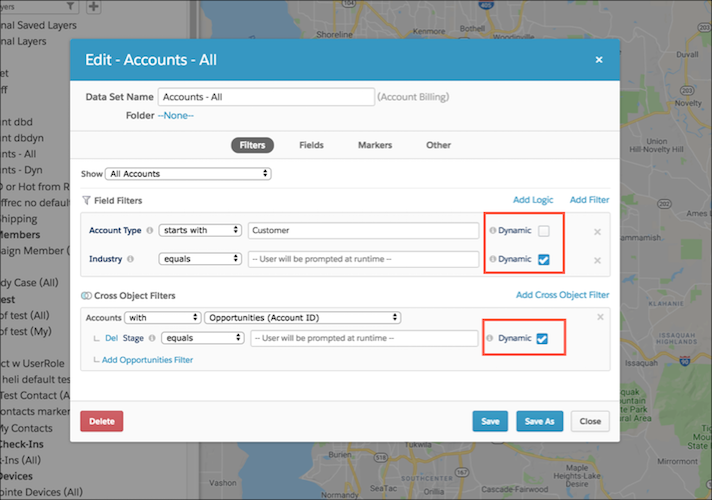 The Geopointe team is constantly striving to create a better product for our customers. Every 3- 4 months a new release full of new features and functionalities for admins and end-users alike is rolled out.
The Geopointe team is constantly striving to create a better product for our customers. Every 3- 4 months a new release full of new features and functionalities for admins and end-users alike is rolled out.
We are excited to announce our October 2018 release is just around the corner and would like to take a few minutes to share our latest updates to help you expand your mapping use cases within your day-to-day workflow.
Read on for a quick breakdown of the latest features and functionalities that are scheduled to be available on the AppExchange beginning October 22nd.
Route Planner General Availability
Benefits & Features:
• Confirm days and times field users can make visits
• Monitor visit frequency and length
• Automate stop times, check-ins and next visits
One of the most anticipated features is the general availability of Route Planner, built to help field teams cut down on time spent creating routes as well as time spent driving. Whether you need to refine how often you’re visiting specific accounts or automate routine visits, Route Planner optimizes all of your company’s field activity allowing managers to spend more time focusing on high-level initiatives and less time making sure the most valuable accounts are receiving the right amount of attention. And it will now be available for all Geopointe customers as an add-on feature.
If you’re interested in learning more about adding Route Planner to your account, please contact your Geopointe Account Executive.
Numeric Aggregate
Benefits & Features:
• Summarizes values in Currency, Number and Percentages fields
• Toggle the feature on/off summary section for a layer
• No data set configuration needed
Geopointe focuses on providing three main features to our users: Analysis, Action and Automation. Our improvements to how Geopointe summarizes values greatly improves our ability to help our customers with the analysis of their data.
With this new release users will be able to summarize values in Currency, Number and Percentage files on the Layer Manager as well as in the shape info window. Any Data Set fields of the Currency, Number or Percentage data types will be summarized.
There is no data set configuration needed, however, the Layer Manager has a new icon allowing the user to toggle that summary section for the layer on and off. While Number and Currency fields will default to being summed, Percentage fields will default to be averaged.
To learn more about Numeric Aggregate visit our release document on the Geopointe Help Site.
High-Performance Assignment Plans
Benefits & Features:
• Process large quantities of records faster
• Admins can enable High-Performance Assignment Plans
Prior to this release, Geopointe’ Assignment Plans were extremely powerful, but now they’re turbo-charged. We understand that some of our customers are processing millions of records across thousands of shapes and need to process new data in near real-time, and that is why we are introducing High-Performance Assignment Plans.
To enable the High-Performance option your admin can simply do so from the Geopointe Setup page. We understand the importance of securing Personal Identifiable Information (PII) and, therefore, will never send any PII data. Once the feature is enabled, any specific Assignment Plan can be set to utilize the High-Performance option, the end result doesn’t change but the run time will be fast.
*Until the Production Push on 11/3/2018, High-Performance Assignment Plans are not enabled by default. You can contact our support team to ask for it to be turned on for you. Once the Production Push is complete, we will enable it for all customers.
To learn more about High-Performance Assignment Plans visit our release document on the Geopointe Help Site.
Dynamic Runtime Filters
Benefits & Features:
• Data Set Filters can now be configured as “Dynamic”
• Simplifies mapping process
With this new feature the user will be prompted to complete the filter when selecting to map their desired Data set. While this feature will simplify the overall mapping process, it will also greatly reduce the number of Data Sets required for implementation.
Setup for Dynamic Runtime Filters is simple, the user simply has to mark a filter “Dynamic”! This is supported on Field Filters and Cross-Object Filters.
To learn more about Dynamic Runtime Filters visit our release document on the Geopointe Help Site.



